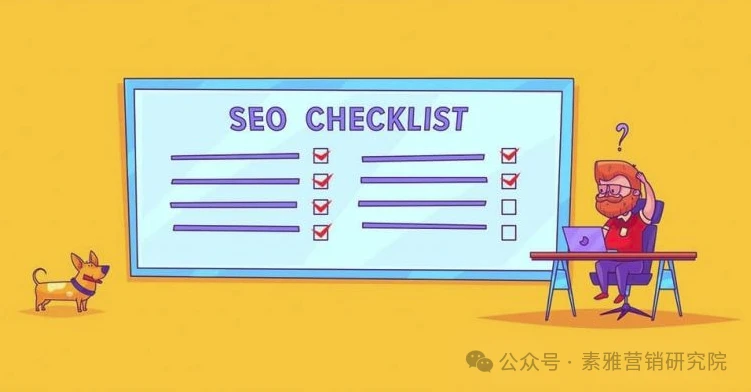Search Engine Optimization (SEO) is crucial for improving your website’s visibility on Google. While premium tools offer advanced features, many free Google SEO tools can help you optimize your site without breaking the bank. This article explores the best free tools available, their key features, and how to use them effectively.
Why Use Free Google SEO Tools?
Before diving into the tools, it’s essential to understand why free SEO tools are valuable:
- Cost-effective: Ideal for startups, bloggers, and small businesses with limited budgets.
- Beginner-friendly: Most free tools have intuitive interfaces, making them accessible to SEO newcomers.
- Essential insights: They provide critical data like keyword rankings, backlinks, and site performance.
Now, let’s explore the top free Google SEO tools.
1. Google Search Console (GSC)
Google Search Console is a must-have for any website owner. It provides direct insights from Google on how your site performs in search results.
Key Features:
- Indexing status: Check which pages Google has indexed.
- Search queries: See what keywords drive traffic to your site.
- Mobile usability: Identify mobile-friendliness issues.
- Security alerts: Get notified of hacking or malware threats.
How to Use It:
Submit your sitemap, monitor crawl errors, and optimize for mobile to improve rankings.
2. Google Analytics
While not strictly an SEO tool, Google Analytics helps track user behavior, which indirectly impacts SEO.
Key Features:
- Traffic sources: Identify where visitors come from (organic, social, direct).
- Bounce rate: High bounce rates may indicate poor content or UX.
- Page speed: Slow pages hurt rankings—use this data to optimize.
How to Use It:
Analyze top-performing pages and replicate their success across your site.
3. Google Keyword Planner
A free tool under Google Ads, Keyword Planner helps find relevant keywords for your content.
Key Features:
- Keyword suggestions: Discover high-volume, low-competition terms.
- Search volume: Estimate how often keywords are searched.
- Competition level: Gauge how hard it is to rank for a keyword.
How to Use It:
Use it to refine your content strategy by targeting keywords with high potential.
4. Google PageSpeed Insights
Site speed is a ranking factor, and Google PageSpeed Insights helps you optimize it.
Key Features:
- Performance score: Rates your site’s speed (0-100).
- Optimization suggestions: Offers actionable tips like compressing images or leveraging browser caching.
How to Use It:
Implement recommended fixes to improve load times and user experience.
5. Google Trends
Google Trends reveals keyword popularity over time, helping you capitalize on trends.
Key Features:
- Trend analysis: See if a keyword is rising or declining.
- Regional interest: Identify where a keyword is most popular.
How to Use It:
Create content around trending topics to attract more traffic.
6. Google Structured Data Testing Tool
Structured data helps search engines understand your content better. This tool validates your markup.
Key Features:
- Error detection: Finds issues in schema markup.
- Preview feature: Shows how rich snippets will appear.
How to Use It:
Fix errors to enhance your chances of getting rich results.
7. Google Mobile-Friendly Test
With mobile-first indexing, ensuring your site is mobile-friendly is critical.
Key Features:
- Mobile compatibility check: Confirms if your site meets Google’s standards.
- Issues report: Highlights problems like small text or unplayable content.
How to Use It:
Optimize responsive design and fix flagged issues.
8. AnswerThePublic
While not a Google tool, AnswerThePublic leverages Google’s autocomplete to generate content ideas.
Key Features:
- Question-based keywords: Reveals what users are asking.
- Visual data maps: Helps brainstorm content topics.
How to Use It:
Create FAQ-style content targeting user queries.
9. Ubersuggest (Free Version)
Neil Patel’s Ubersuggest offers a limited free plan with valuable SEO insights.
Key Features:
- Keyword research: Provides volume and difficulty metrics.
- Backlink analysis: Shows referring domains.
How to Use It:
Identify low-competition keywords and track backlinks.
10. Screaming Frog SEO Spider (Free Version)
A powerful crawler, the free version of Screaming Frog analyzes up to 500 URLs.
Key Features:
- Technical SEO audit: Finds broken links, duplicate content, and missing meta tags.
- Site structure analysis: Helps improve internal linking.
How to Use It:
Run regular crawls to fix technical issues.
Final Tips for Using Free Google SEO Tools
- Combine tools: Use multiple tools for a comprehensive SEO strategy.
- Monitor regularly: SEO is ongoing—track changes and adjust tactics.
- Focus on UX: Google prioritizes user experience, so ensure your site is fast and easy to navigate.
By leveraging these free Google SEO tools, you can enhance your website’s performance without spending a dime. Whether you’re a beginner or an experienced marketer, these tools provide the insights needed to climb the search rankings.



